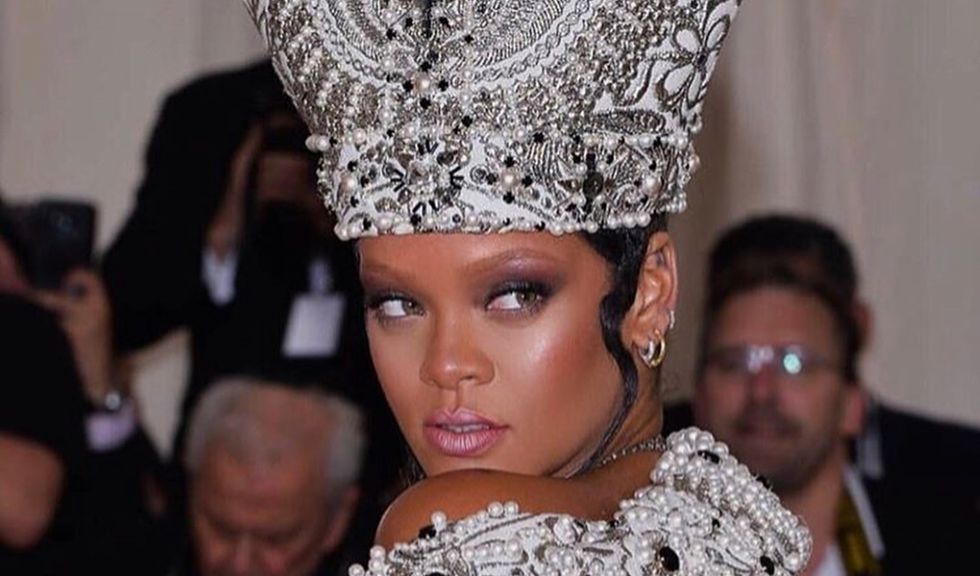This past week, the 70th annual Met Gala was riddled with controversy. Themed “Heavenly Bodies: Fashion and the Catholic Imagination,” claims of “blasphemy” quickly accompanied each celebrity’s eagerly awaited reveal.
Star-studded and a much-anticipated event, the Met Gala marks an evening celebrating fashion and art. Past themes have included “China: Through the Looking Glass” and “Cubism and Fashion.”
The art exhibit that served as the inspiration for this year’s Met Gala theme was curated with the intention of spotlighting Catholicism’s role in shaping fashion throughout history.
While the theme in and of itself and the intention of the art exhibit were pure, the execution of the theme into clothing is where controversy takes the stage.
Well, you know what they say about roads paved with good intentions…
Notably, specific renditions generated more controversy than others. Taylor Hill, Rihanna, Sarah Jessica Parker, and Jared Leto are a few of those that were specifically targeted with criticism.
The criticism seems to pivot on the idea of adapting traditional, arguably sacred, features of Catholicism and removing them from their wider religious context for the sake of fashion.
Perhaps the most blatant example of where this criticism is coming from is Rihanna’s and Taylor Hill’s borrowing of traditional pieces of the Pope’s and Cardinal’s religious robes as key features of their costume.
On Twitter, some have compared the fashion choices at the Met Gala to wearing hijabs as a fashion statement and the appropriation of other sacred symbols.
It is significant to note that not every guest at the Met Gala wore clothing seen as overtly offensive.
The vast majority of attendees, while still keeping with the theme, wore looks that did not sacrilegiously repossess Catholic imagery. Kate Bosworth, Kerry Washington, Blake Lively, and many others played much more to the artistic inspiration that has resulted from Catholicism’s influence.
While others have called the theme on its own sacrilegious, it is an indisputable truth that fashion has many influences, religion being one of them. To ignore the role of religion in shaping fashion seems akin to ignoring the development of culture altogether.
Also, let’s not forget that renditions of commonly held Christian imagery, such as halos or crowns, populate centuries of deeply renowned artwork. And, fashion is widely held to be wearable art.
So, why has this installment of the intersection between religion and art led to criticism?
Let’s be honest, it’s not the first time celebrities donned Christian imagery and symbols as part of red carpet looks. You need only to look to Lindsay Lohan’s MTV Movie Awards look to see that celebs wearing crosses as fashion is nothing new.
What is it about the Met Gala in particular that has created this huge controversy about fashion and religion?
Perhaps some of the backlash is a result of who rather than what.
In other words, the fact that privileged celebrities, who adopt a larger-than-life and entitled persona, were the ones wearing these looks could be a reason why there has been such a potent negative response from the public.
If the Met Gala was open to everyone and people attending were just like you or me, would the event have been steeped with such criticism if similar looks were worn?
Or is it a combination?
Is it a combination of the overt adoption of sacred imagery, such as clothing items reserved only for members of church office, and the people wearing it that has generated this huge conversation?
What is your take on the situation?



















